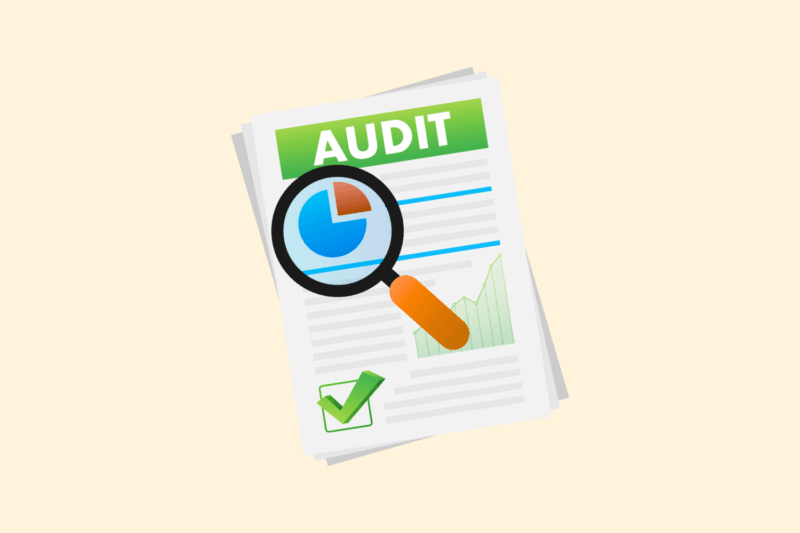Why is an audit of your internal link structure essential?

Your website’s internal link structure is much more than user-friendly navigation. It is one of the most powerful (and often underestimated) SEO signals that you have complete control over. Internal links determine how authority is distributed within your domain, how crawlers understand your content and how users find their way around. In my opinion, an audit of this structure is not an unnecessary luxury, but a necessary step to improve your organic performance for good.
What exactly is an internal link structure?
Internal links are hyperlinks that point from one page on your site to another page on the same domain. Internal links create a network through which you indicate information hierarchy and content relationships. You also pass authority with them from strong to more supportive pages. Thus, you help Google read your content and assess its priority.
An inadequate or disjointed internal link structure leads to loss of crawl budget, low visibility of deeper pages and confusion about the focus of your site.
Why is an audit necessary even if everything works?
Even if your site is working well, your internal link structure can unintentionally fall short. These are common problems that don’t show up until an audit:
1. Important pages get too few internal links
Consider conversion pages, seasonal content or new articles that lack sufficient internal support.
2. Excessive link distribution in irrelevant places
Unnecessary links in footers, navigations or sidebars weaken the effect of valuable contextual links. (1)
3. Incorrect anchor texts.
Overly generic or inconsistent anchor texts (such as “click here”) lack SEO signal value and make the structure less clear to search engines.
Without an audit, these signals go unnoticed. That means valuable authority doesn’t get to where you need it.
A thorough audit of your internal link structure is not just about counting links, but mainly about their quality, positioning and content consistency. For example, you look at pages that receive hardly any internal links (so-called orphan pages) to make sure they, too, are visible to search engines.
At the same time, examine whether important pages with high traffic or backlinks are properly passing on their authority to other parts of your site. The use of anchor texts also deserves attention: are they descriptive enough and do they match the content of the linked page?
In addition, you check for dead links or unnecessary redirects in your internal network that could interfere with crawlability. For this audit, use tools like Screaming Frog or SiteBulb, and ideally enrich them with insights from internal data, such as Google Analytics or clickmaps.
Getting started with SEO? Feel free to get in touch.

How do you apply a better internal link structure?
Based on the audit, you draw up an improvement plan. The approach varies from site to site, but some guidelines are almost always applicable:
- Use a hub-spoke structure: strong theme pages that link to underlying detail pages and vice versa
- Restructure navigation and in-content links so that authority flows logically
- Deliberately direct internal traffic to commercial or important information pages
Make internal links a permanent part of your content creation. Each new page will thus have a place in your link structure. Not only through the sitemap, but also in content contexts.
How does internal link structure affect SEO?
An optimized internal link structure strengthens your SEO on several fronts at once. Crawlers find your pages faster and can index them more completely, providing better coverage of your content.
At the same time, good link distribution streamlines authority toward priority pages, so they rank better in search results. For users, navigation becomes more intuitive, causing them to stay longer and click through more often. This is a signal that search engines also pick up on.
In addition, a strong internal structure helps Google understand the content connections on your site. This contributes directly to your topical authority and increases your chances of ranking high on semantically related searches. (2)
A strongly built internal link structure helps search engines navigate your website more efficiently. This saves crawl budget and increases the likelihood that important pages will be visited regularly. (3)
In addition, a clear thematic link structure strengthens your topical authority: the more consistent and deep the links within a topic, the more likely your domain will be seen as an authority. Thus, internal links are more than UX; they drive the entire SEO architecture.
Summary
An audit of your internal link structure is not a one-time technical check, but a fundamental part of your SEO strategy. It reveals how you streamline authority, how search engines interpret your site and where the blind spots are in your content structure. By periodically auditing and making targeted adjustments, you get more out of existing content and strengthen the foundation of your organic findability.
| # | Source | Publication | Retrieved | Source last verified | Source URL |
|---|---|---|---|---|---|
| 1 | How Links in Headers, Footers, Content, and Navigation Can Impact SEO (Moz) | 30/04/2021 | 30/04/2021 | 14/11/2025 | https://moz.com/blog/lin.. |
| 2 | Links information straight from the source | Google Search Central Blog | Google for Developers. (z.d.) (Google For Developers) | 17/04/2025 | 17/04/2025 | 04/11/2025 | https://developers.googl.. |
| 3 | Here’s Why You Should Prioritize Internal Linking This Year (SEO Blog By Ahrefs) | 16/05/2023 | 16/05/2023 | 05/11/2025 | https://ahrefs.com/blog/.. |
- Fishkin, R. (30/04/2021). How Links in Headers, Footers, Content, and Navigation Can Impact SEO. Moz. Retrieved 30/04/2021, from https://moz.com/blog/links-headers-footers-navigation-impact-seo
- (17/04/2025). Links information straight from the source | Google Search Central Blog | Google for Developers. (z.d.). Google For Developers. Retrieved 17/04/2025, from https://developers.google.com/search/blog/2008/10/links-information-straight-from-source
- Grant, J. (16/05/2023). Here’s Why You Should Prioritize Internal Linking This Year. SEO Blog By Ahrefs. Retrieved 16/05/2023, from https://ahrefs.com/blog/prioritize-internal-linking/






